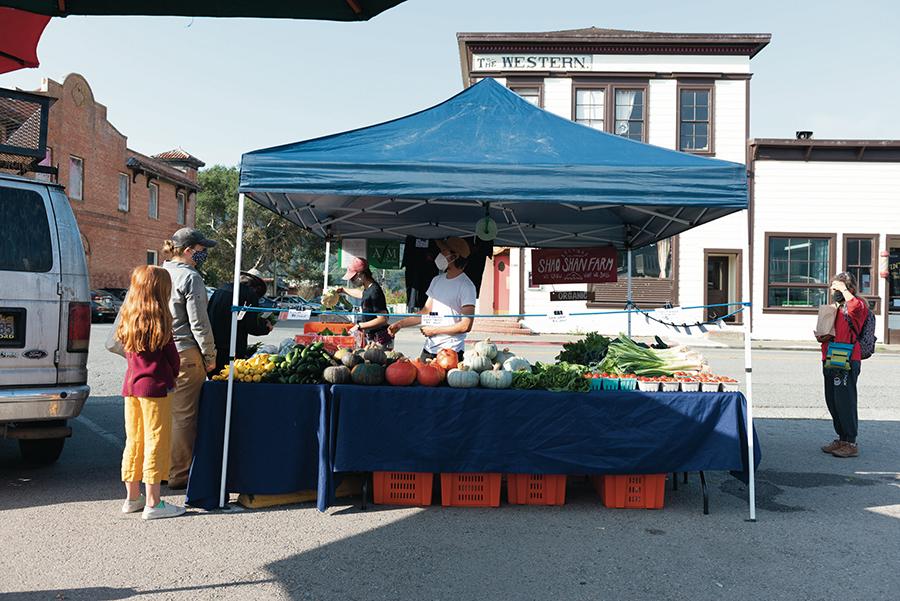The Point Reyes Farmers Market opened under blue skies this weekend after a four-week hiatus, but the improved weather doesn’t spell the . . .
Market pleads for local patronage


The Point Reyes Farmers Market opened under blue skies this weekend after a four-week hiatus, but the improved weather doesn’t spell the . . .